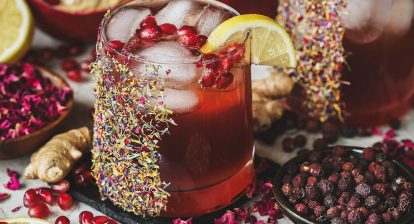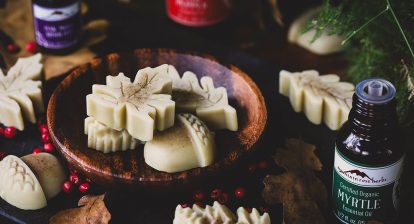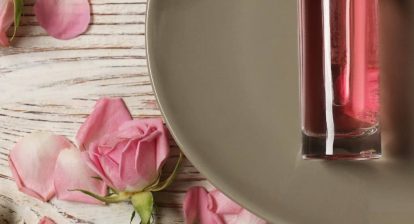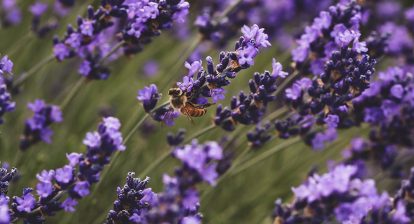2. Foraging for food or producing local plants
If growing plants is not feasible, the next best option for me is foraging and wild production. This practice involves collecting plants from their natural habitats, which I see as beneficial and sustainable when done responsibly. Here are some key considerations and tips I follow for wild foraging and production:
Ensuring a clean harvest area
Before I start foraging, I always make sure the area is clean and safe. I avoid collecting plants from busy roads or areas near fields treated with pesticides, as these places may have contaminated soil and plants. Additionally, I always ask for permission if I am foraging on private land to respect property rights and maintain good relations with landowners.
Harvest responsibly
When foraging, I believe it is essential to respect plants and their ecosystems. I only take what I need and never harvest more than a third of what is available in a given area. This practice ensures that plants continue to flourish and reproduce, maintaining the natural balance. I also check resources like the United Plant Savers website to make sure the plants I'm harvesting are not endangered or culturally sensitive.
Abundant native plants I Wildcraft
Four abundant native herbs that I often grow wild are nettles, dandelions, blackberries, and yarrow. These plants are easy to find and not endangered, making them excellent foraging choices. By harvesting these common herbs, I can save valuable garden space and still have access to powerful medicinal plants.
- Nettles: Rich in vitamins and minerals, nettles are great for teas and soups.
- Dandelion: Both the leaves and roots are useful for detoxification and digestion.
- Elderberry: Known for its immune-boosting properties, the berry is perfect for syrups and tinctures.
- Yarrow: A versatile herb used for wound healing and as an anti-inflammatory.
Harvesting invasive plants
Sometimes, harvesting invasive plants can actually benefit the local ecosystem. While the term “invasive” may sound negative, many non-native plants have adapted well to their new environments and can be quite beneficial. Here are some invasive plants that I find incredibly useful and readily available:
- Garlic mustard: This plant is nutritious and can be used in salads and pesto.
- Japanese Knotweed: Known for its high resveratrol content, it is excellent for making tinctures.
- Japanese honeysuckle: Useful in teas, wine and syrups, it is also very aromatic.
- Mugwort: This versatile herb can be used in teas, tinctures, and even as a culinary spice, and is known for its digestive and soothing properties.
The best part about harvesting invasive plants is that I can harvest as many as I want without worrying about depleting the population. In fact, removing these plants can help restore balance to native ecosystems.
Best practices for wild foraging and processing
To ensure a stable and ethical approach to wild foraging and productionHere are some best practices I follow:
- Know your plants: Properly identifying plants before harvesting helps me avoid toxic or endangered species.
- Harvest in moderation: I always take only what I need, leaving enough for the plants to recover and continue growing.
- Respect the ecosystem: I am aware of my surroundings and avoid distractions wildlife habitats.
- Use the right tools: I carry a clean knife or scissors to make precise cuts, minimizing damage to the plants.
- Educate yourself: Constantly learning about the local flora and best practices for sustainable foraging helps me improve my skills and knowledge.
By incorporating foraging and wild production into my herbal practice, I can access a variety of different plants while maintaining a sustainable approach to herbal medicine. This method not only supports environmental health, but also enriches my connection with the natural world.







